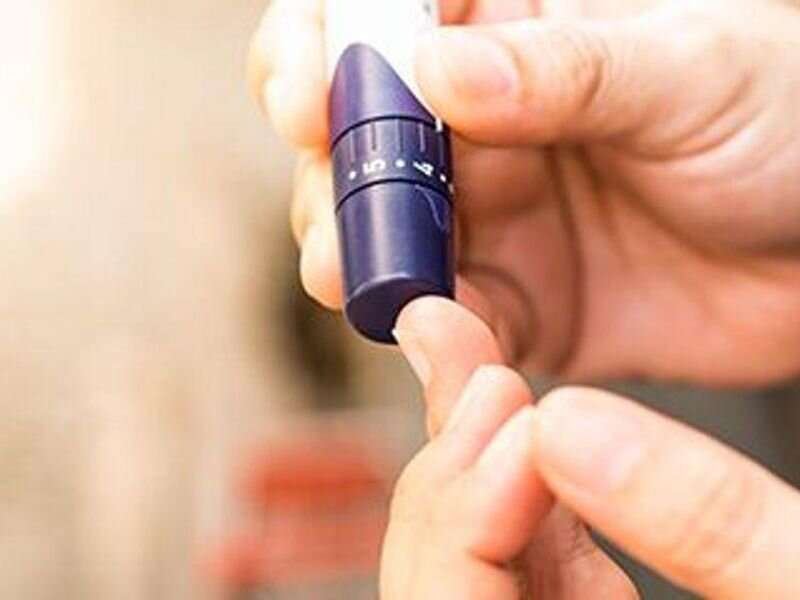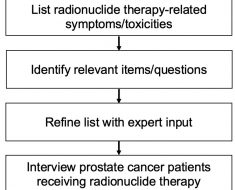
(HealthDay)—The dual glucose-dependent insulinotropic polypeptide and glucagon-like peptide-1 receptor agonist, tirzepatide, is noninferior and superior to semaglutide for reducing glycated hemoglobin levels among patients with type 2 diabetes, according to a study published online June 25 in the New England Journal of Medicine to coincide with the annual meeting of the American Diabetes Association, held virtually from June 25 to 29.
Juan P. Frías, M.D., from the National Research Institute in Los Angeles, and colleagues randomly assigned 1,879 patients to receive tirzepatide 5 mg, 10 mg, or 15 mg, or semaglutide 1 mg in an open-label, 40-week, phase 3 trial. The mean glycated hemoglobin level was 8.28 percent at baseline and mean weight was 93.7 kg.
The researchers found that the estimated mean change from baseline in the glycated hemoglobin levels was −2.01, −2.24, −2.30, and −1.86 percent with tirzepatide 5 mg, 10 mg, or 15 mg, and semaglutide, respectively; the estimated differences were −0.15, −0.39, and −0.45 percent between the 5-, 10-, and 15-mg tirzepatide groups, respectively, and the semaglutide group. All doses of tirzepatide were noninferior and superior to semaglutide. Greater reductions in body weight were seen with tirzepatide than semaglutide (least-squares mean estimated treatment difference, −1.9, −3.6, and −5.5 kg, respectively).
“Given the driving force of obesity in the epidemic of diabetes, as well as in the risks of cardiovascular and chronic kidney disease, this observation may lead to consideration of the use of tirzepatide for weight loss,” writes the author of an accompanying editorial.
Source: Read Full Article





